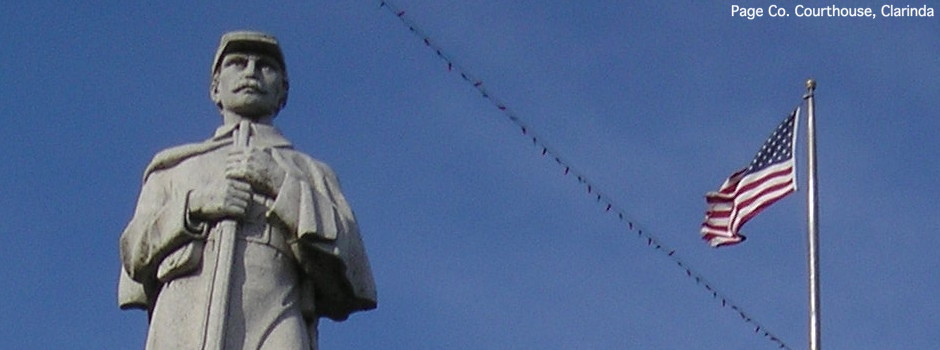The title above is a nonpartisan version of a Washington Post blog entry, “The Democrats’ white-voter problem — in 2 maps”. The two maps in question are county-by-county preferences for the last four presidential elections (two won by G.W. Bush, two by Barack Obama), and county-by-county trends for Bill Clinton’s two elections vs. Obama’s.
On the first map, most of Iowa is part of a collection of counties in the Upper Midwest that has either waffled between parties or been solidly Democratic (Gore-Kerry-Obama-Obama). US 169 is a decent boundary for this. Overall, only six counties have mirrored the national electoral vote and split 2-2 during that time period (although not necessarily in the same way): Allamakee, Bremer, Greene, Marshall, Union, and Winnebago. Eight more have mirrored the national popular vote and split 3-1 for the Democrat, including Cedar, which ended Election Day 2000 in a tie but gave a 2-vote edge to Gore in the final canvass. Fourteen went 3 R, 1 D. The remaining 71 counties are split between solid D or R, with the former concentrated in the eastern part of the state and the latter in the west.
The Clinton-Obama map brings a lot more blue, light red, and neutral to the state. Guthrie County is the tip of a triangle-ish or hooked-T-shaped area of the country running south to the Gulf of Mexico and east through Tennessee into western Pennsylvania that split those four elections (’92, ’96, ’08, ’12) two and two party-wise. In that map, Grundy, Humboldt, Madison, and Warren are the only counties on or east of US 169 that went Republican all four times, the direct opposite of what happened nationally.
